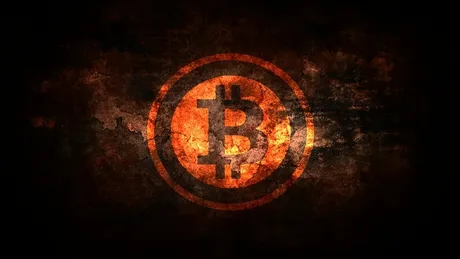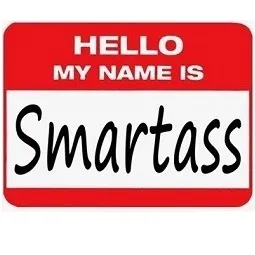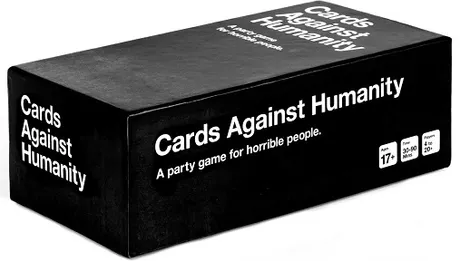
Proof-of-burn is a consensus algorithm that exists on top of previously existing decentralized flat-architecture. In order for proof-of-burn to be possible, one must destroy (prove destruction) of a previously existing asset.
We can think of proof-of-burn as a second-layer consensus mechanic. Valuable assets must be destroyed in order to create other valuable assets. This gives the new assets created automatic scarcity and value, regardless of their additional functionality.
Additional Functionality
Destroying an asset for another asset makes no sense unless the new asset has properties that the old one does not. Perhaps I'll even go so far as the coin the term POB² (proof-of-brain-squared), meaning a token that employs both proof-of-burn in combination with proof-of-brain. I'll leave that discussion for another rabbit-hole.
Another form of functionality (the one I plan on attempting) would be a governance token for a basic card game (@smartasscards). In addition to that, the cards themselves would be non-fungible tokens (NFT) that were also generated by destroying assets.

In the context of Hive this entails vaporizing HBD by sending it to @null.
Why HBD?
Technically, we could also prove a burn has happened by destroying Hive as well. However, my focus will be purely on HBD for a variety of reasons.
- HBD is the debt of Hive and we should aim to destroy that debt.
- Authors and Devs on Hive are paid directly in HBD. Therefore increasing the value of HBD makes pretty much everyone on the network a happy camper.
- If I'm able to pump the value of HBD with a proof-of-burn concept I can also continue to push the idea and politics of CDP loans in the bank accounts that allow anyone to create HBD out of thin air (stabilizing the price).
- It makes more sense to burn a more stable asset when dealing with business models like this (card games, farming games, and the like). No one wants to spend Hive on something and then realize it was overvalued and lose 90% on the asset they just created.
- Centralizing the burn to a single asset makes everything simpler. We no longer have to worry about conversions/arbitrage or burning the wrong token at the wrong time.

@smartasscards business model
I started working on this project ages ago. I got pretty far and just gave up after one of Steem's many hardforks. Whatever hardfork it was broke the SteemJ wrapper I was using. This wrapper allowed me to write everything is Java. I even started learning Android programming and still have the test app on my phone. Really shows you how many more devs we need around here. To date I still have no idea how I would use Java here and it is the default language for Android development.
Long story short long
I originally envisioned the game to be a simple Card's Against Humanity clone. However, instead of cards that were premade by a centralized authority, the Hive community would create the cards and get tipped for making funny combinations and making players laugh and whatnot.
The biggest problem I realized with this is that there would be full freedom of speech and zero censorship. This path was almost guaranteed to fill up with a bunch of trolls generating super offensive content impossible to regulate. For a while I was fine with that.
Another problem is plagiarism and relying on altruistic tips to satisfy the proof-of brain mechanic. We've all seen these setbacks firsthand with blogging.

However, now I've had a long long time to think about it and I believe to have discovered a better way of doing things. Proof-of-burn is a big part of this new model.
By forcing players to burn HBD in order to create cards we can create a system where users provably own their card. All cards would be unique and no one else would be able to own the same card. Anyone who wanted to use a card they didn't own would have to pay the owner a small fee to buy the property rights permissions.
Under a system like this, proof-of-brain is combined with proof-of-burn (POB²). Except, it's even better than the way Hive runs things, because the proof-of-brain is forced rather than an optional tip. If you want to use a certain card you are FORCED to pay the owner of that card or the network will not allow you to use that card. This gives much more incentive to burn tokens and participate in the experiment.
Governance token.
Burning HBD to create cards also generates the governance token. I'm thinking about re-branding the name from @smartasscards (SMRT) to X-Deck (XD) (shortened from Hexdeck because of the newfound @hextech witness). Truth be told, branding and IP are pretty meaningless in this emergent open-source economy. It doesn't really matter what you call things until they appear in the Web 2.0 legacy economy.
In any case, the governance coin would be used for a variety of things. As a base-pair in a basic DEX that connects to Hive to all of the community decisions that need to be made revolving around the game.

Community decisions
- How much should it cost to create a card and claim ownership?
- How much should it cost someone to copy a card owned by someone else?
- Which words should we allow into the whitelist for card creation?
- Which words should be free-to-play?
All of these questions and more can be voted on and answered, not by me (the creator of the game), but by the community that owns the game. That is the power of decentralization. Decentralize the ownership of the product and it gives everyone incentive to work much harder to build value.
The amazing thing about proof-of-burn is that not only can it generate it's own value from within, but it is also guaranteed to bring value to the token that's being destroyed (in this case HBD). Because HBD is intrinsically linked to Hive increasing the value of HBD will automatically increase the value of Hive itself. Everybody wins. That's the name of the crypto game.
Conclusion
Truly, I have a lot more to say here about all of this, but I really don't want to give everything away just yet and turn this post into a jumbled mess by describing all the logistics. Just trust that I've been thinking about this like everyday and I'm making slow progress and a few breakthroughs on the concept.
I've talked in great detail about how POB applies to my specific project, but it can also obviously apply to many many other tokens and ideas on the Hive blockchain. Because POB doesn't involve complex inflation or curation mechanics, we can employ it much more simply and without burdening the scalability of the network. Most importantly, we may begin the process permissionlessly without the approval of the network or the witnesses as we prototype the technology.
Return from POB Part 2: What is Proof-Of-Burn? & X-Deck to edicted's Web3 Blog
